Personalization Techniques in Marketing | Types & Examples
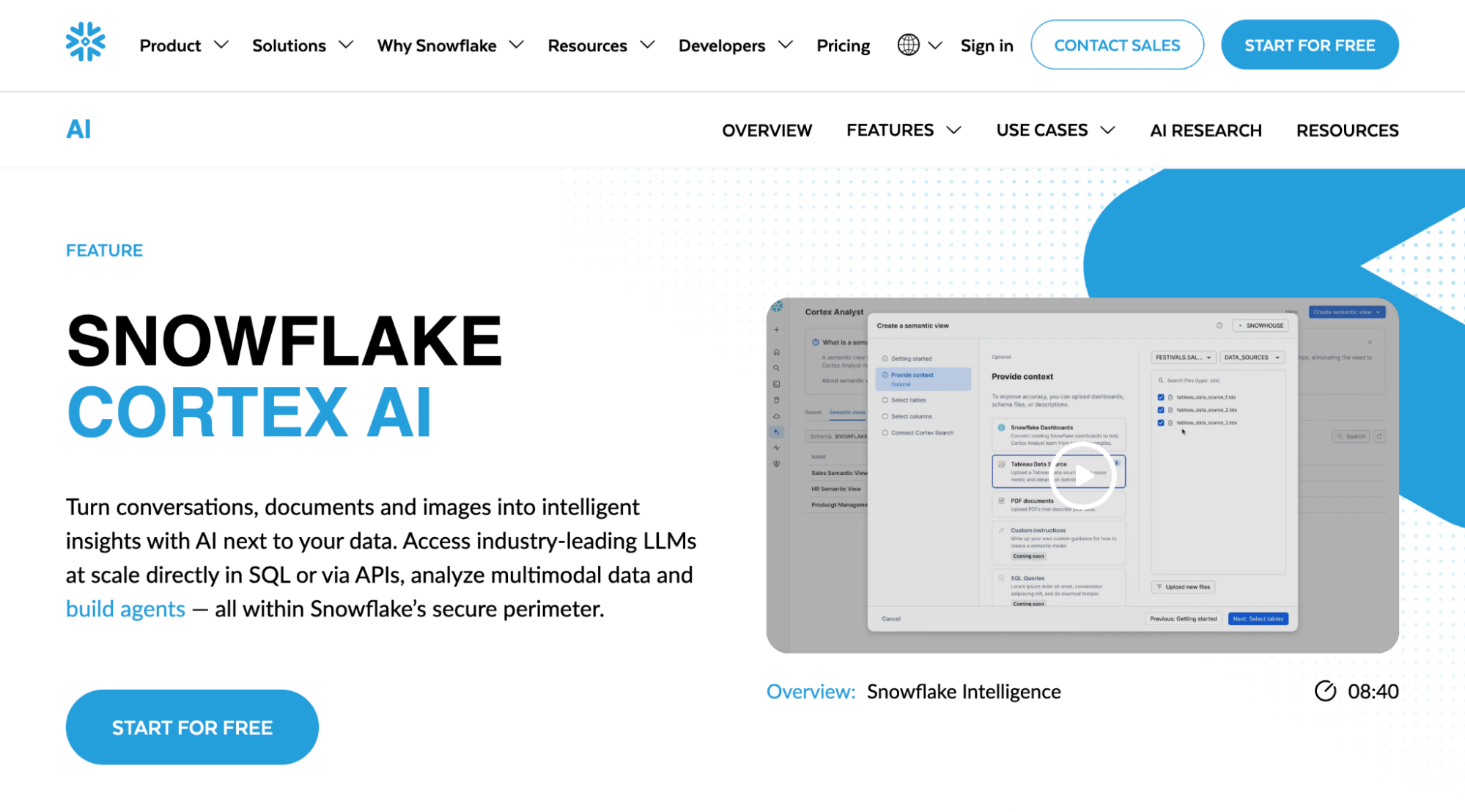
Actionable personalization techniques go beyond the same old, same old “Hi {first name}” advice from the prehistoric internet.
7 out of 10 buyers expect personalized interactions from brands. Companies that get it right (through frameworks, techniques, and testing) generate +40% revenue from those personalization efforts.
I’ll walk you through 5 personalization methods in marketing, sales, customer service, eCommerce, and other business functions so you can adapt things to any audience segment’s expectations.
What is a personalization strategy?
A personalization strategy is a coordinated approach to tailoring experiences across customer touchpoints. Here’s how it works: An HR software company has an audience segmented into startup founders, mid-market HR directors, and enterprise CHROs.
Each group gets different treatment. Startups, resource-heavy content and free trials. Mid-market audiences, demos and ROI calculators. Enterprise prospects, reports and direct outreach.
The strategy is this interconnected plan. What about the techniques? That’s the set of tactics within each segment.
Confusing techniques with strategy might end up in random acts of personalization. For example, resonating emails paired with meh web experiences. Or hyper-relevant landing pages followed by boring, identical follow-up email sequences. Strategy makes sure personalization techniques work together toward the same goal.
Reminder of what’s not personalization
I’ve seen personalization getting unintentionally mixed up with value prop changes or customization. UX Specialist Lexie Martin from Nielsen Norman Group (NN/g) put it in better words than me:
“You can individualize information using personalization or customization. Personalization is when a service changes to anticipate what will be relevant to a user… personalization is done for the user, and customization is done by the user.”
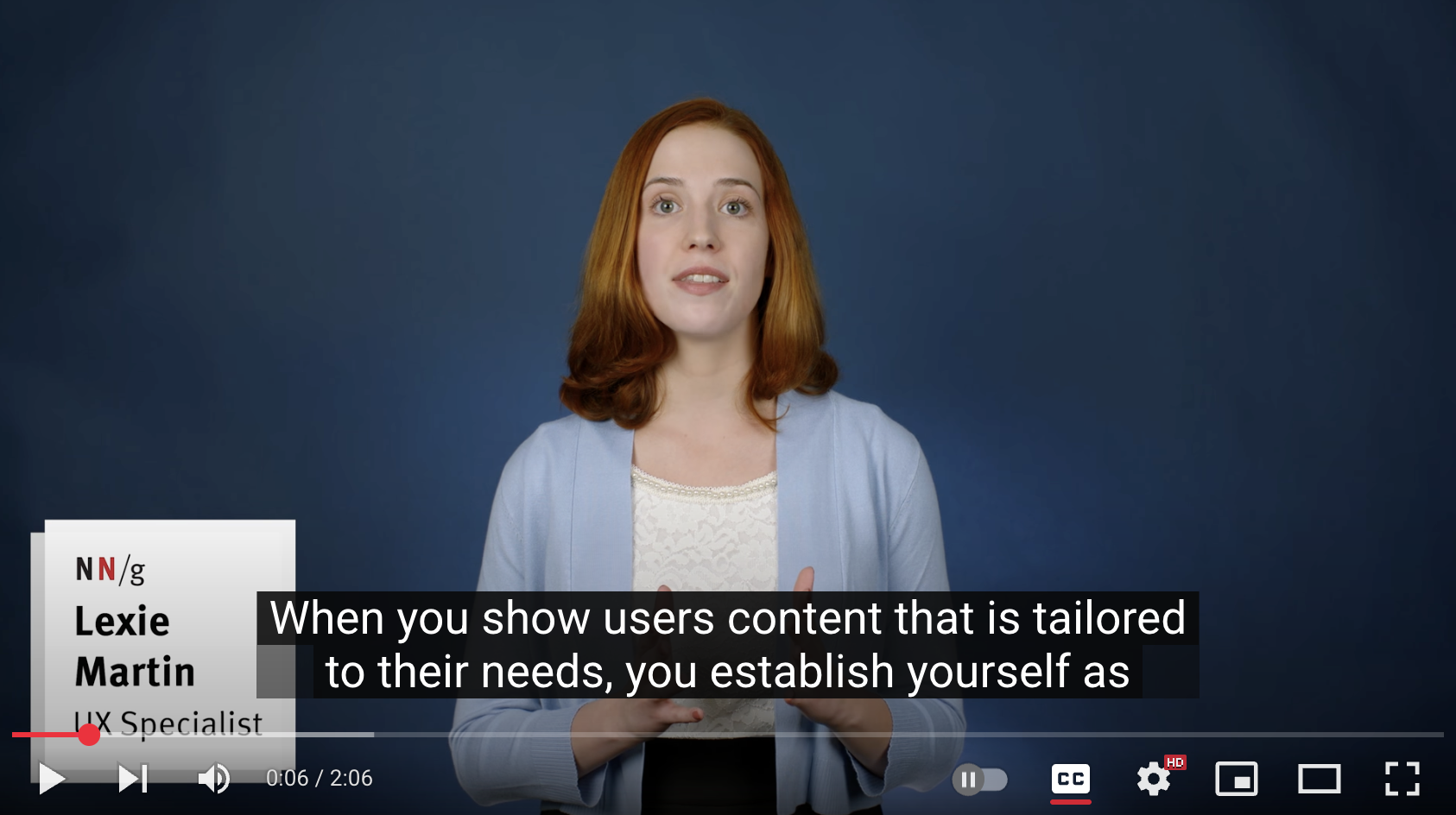
The 4 D’s of personalization (at scale)
Data foundation, Decisioning, Design, and Distribution. According to this oldie but goodie 2019 McKinsey article by Sean Flavin and Jason Heller, these 4 D’s constitute a personalization framework.
- Data. Unify data from silos using a CPD Customer Data Platform, Identity Resolution Platform, or DPM Data Management Platform to create a single source of truth.
- Decisioning. Build an integrated decisioning engine using machine learning to predict the next best marketing action for each user based on microsegment behavior patterns.
- Design. Break content into modular components that can be dynamically mixed and matched, moving from bespoke content creation to a scalable production line approach.
- Distribution. Coordinate real-time communications across all channels by linking data foundation, decisioning, and design elements to your marketing technology systems.
Without the 4 D’s of personalization, it’s just a matter of technique implementation. Potentially effective in isolation, but lacking the strategic side of the equation that drives the substantial outcomes.
Review who you’re personalizing for, exactly what things you’re personalizing, and how you’ll track personalization performance.
But why is personalization so important?
In my opinion, the importance of personalization lies in adapting to the ICP or target audience’s needs, wants, language, and context. It almost doesn’t feel like just another number on a spreadsheet.
Take New Balance’s approach: “Worn by supermodels in London and dads in Ohio.” Same sneakers with messaging that speaks to different segments. All this advertising campaign reflects how personalization uses relevance to enter the conversation.

Believe it or not, people can sense authentic communication vs. generic messaging. And the familiarity, brought by personalization, signals enough care to set the right atmosphere for conversions.
Understood customers share better feedback, refer new buyers, and stay loyal longer. Which builds a stronger brand perception across every customer journey stage. From acquisition content and personalized recommendations to post-purchase customer service.
When done well, personalization in fast-growing organizations creates a compounding effect that may drive “40% more revenue” than slower-growing counterparts, explained firm McKinsey in The value of getting personalization right—or wrong—is multiplying.
5 Personalization techniques to adapt to multiple target audiences, simultaneously
Here’s the set of personalization techniques I’ve shortlisted:
1. Dynamic content with behavioral targeting
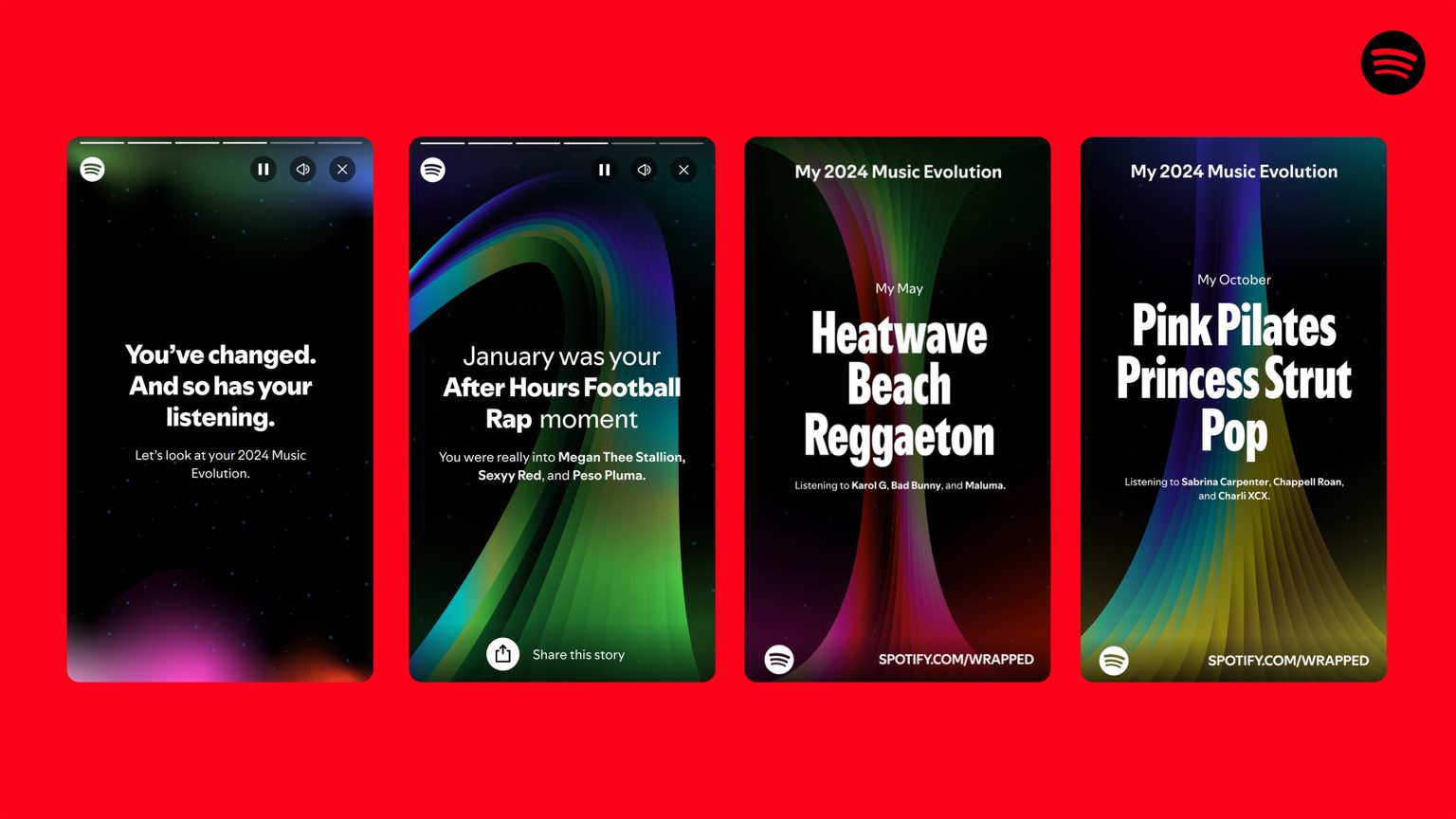
Dynamic content with behavioral targeting creates experiences that respond to user actions. It tracks interactions, preferences, and behavioral patterns to automatically customize content and messaging in real-time. Instead of generic content, it adapts based on browsing history, purchases, engagement, device, and location.
Example of personalization in marketing: Spotify
Spotify Wrapped has transformed listening patterns into unique, shareable content. Instead of showing data, it turned data into storytelling. The best behavioral targeting should feel like this.
2. ABM with predictive scoring
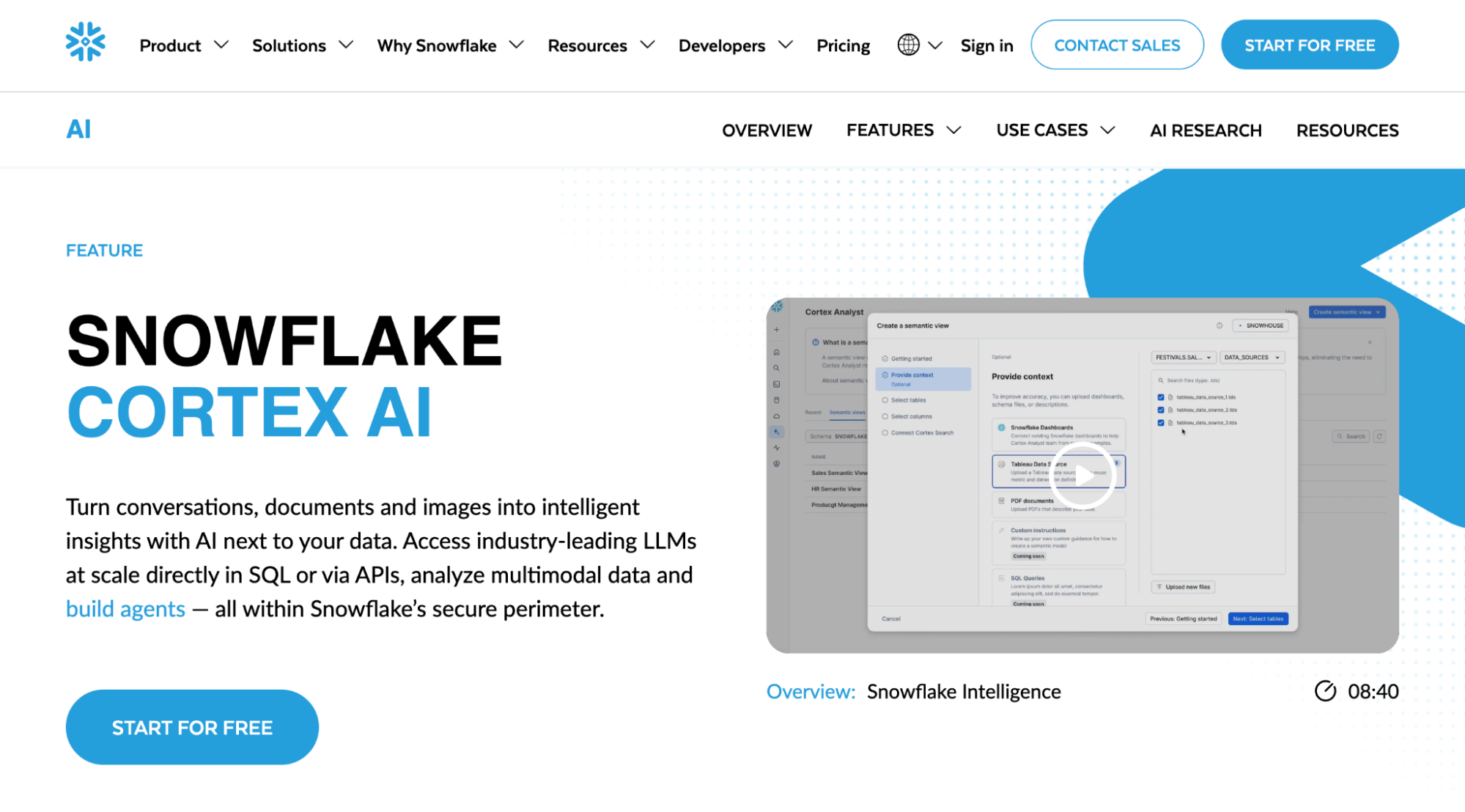
Account-based experiences treat high-value prospects as individual markets. This technique uses AI to analyze historical data, behavioral patterns, and external signals to predict which accounts will convert, expand, or churn. Instead of casting wide nets, it identifies accounts that deserve the most attention.
Prospects don’t have equal potential value or expansion opportunities. Predictive scoring enables strategic resource allocation toward accounts most likely to generate outcomes.
Example of personalization in business: Snowflake
Snowflake developed a “meeting propensity” AI model that predicts which accounts will respond positively to outreach and meetings, resulting in 2.3x more meetings for high-potential accounts. They achieved “38% less money for more engagement”, proving predictive scoring improves both effectiveness and efficiency.
3. Triggered workflows
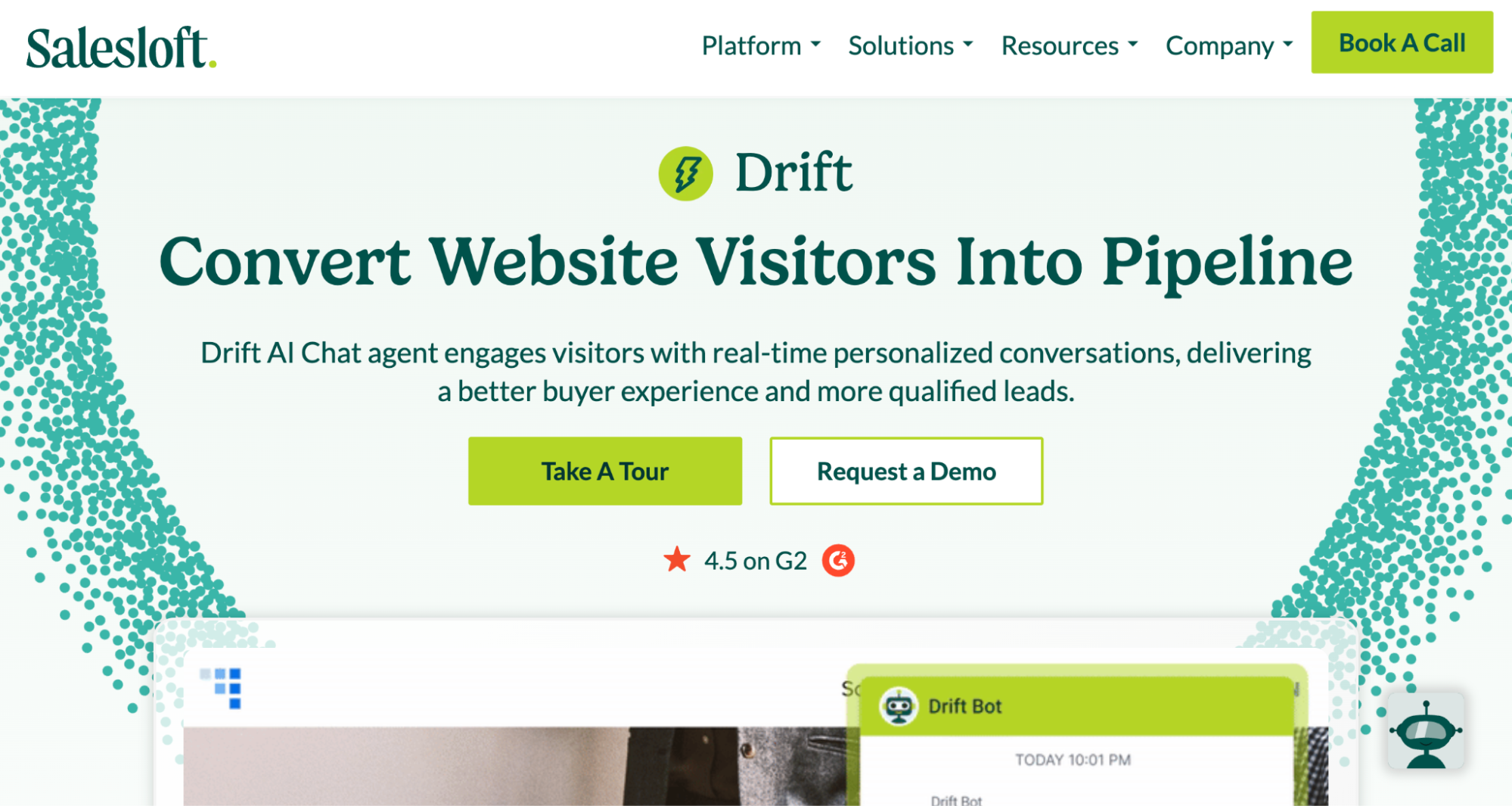
Personalization techniques like triggered workflows automate personalized responses based on actions or conditions.
When someone downloads a whitepaper, abandons a cart, visits pricing pages, or reaches usage thresholds, the system responds with relevant, timely communication. This bridges the gap between human conversation relevance and automated scalability.
You don’t wait for scheduled campaigns or hoping someone follows up, you capture people when they’re actively expressing interest. This timing advantage often determines conversion success, especially when responsiveness differentiates brands.
Example of personalization in sales: Drift by Salesloft
Drift’s AI triggers different sales conversations based on visitor behavior, identifying high-intent buyers and key account data. When visitors interact with Drift, important chat information surfaces in the seller’s Rhythm workflow as prioritized actions.
4. Comms preference centers
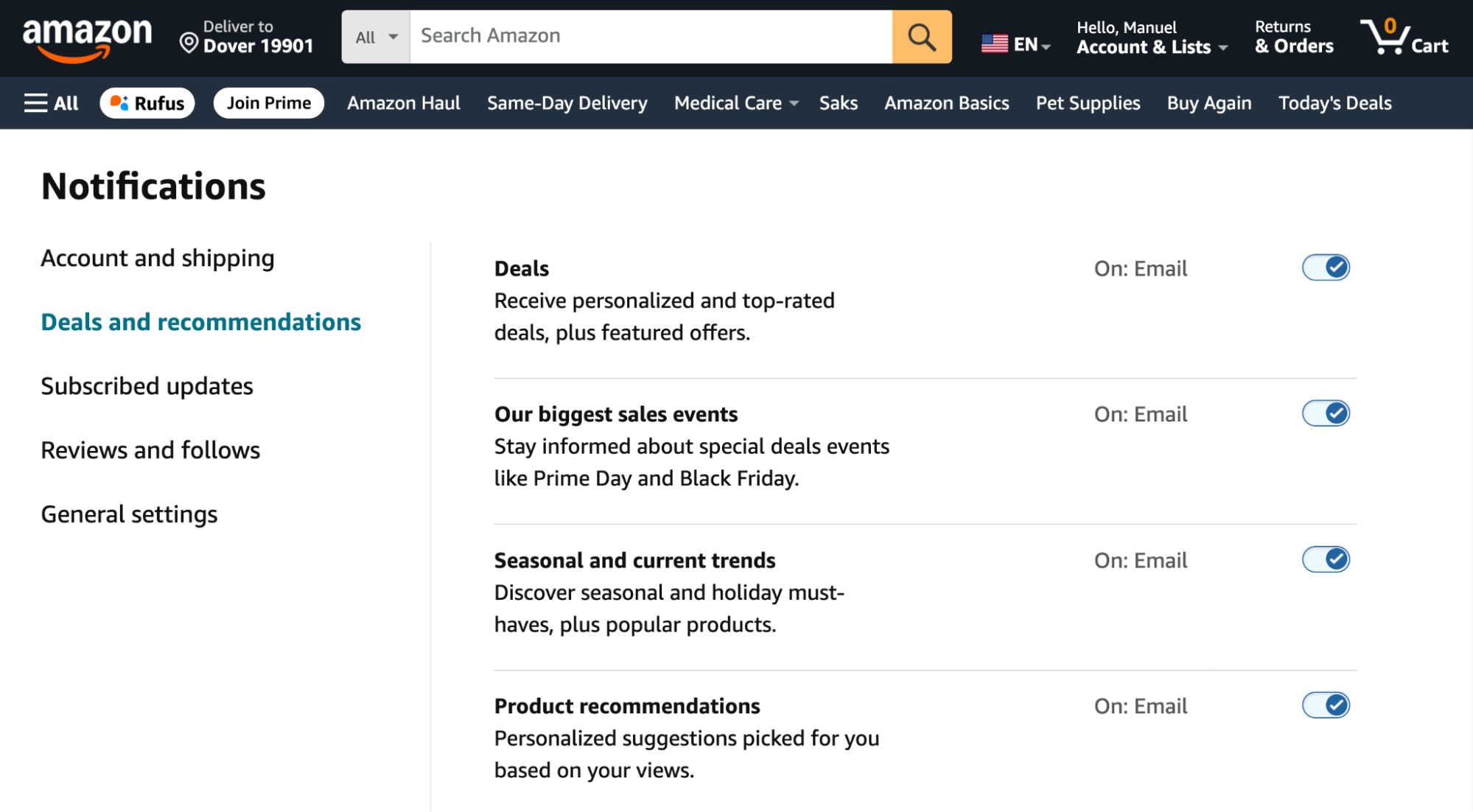
Preference centers transform one-size-fits-all communications into personalized, subscriber-controlled experiences. People gain granular control over communication types, frequency, channels, and topics. This acknowledges that people have different communication styles, time constraints, and information needs.
When people customize their communication experience, you demonstrate respect for their autonomy and show you value their attention. This typically increases engagement rates because remaining subscribers want the communications they’ve selected.
Example of personalization in customer service: Amazon
Amazon organizes preferences around customer intent, separating deals and recommendations from shipping updates, account security notifications from new feature announcements. This acknowledges that someone might want operational communications but not marketing messages, or vice versa.
5. Personalized search results
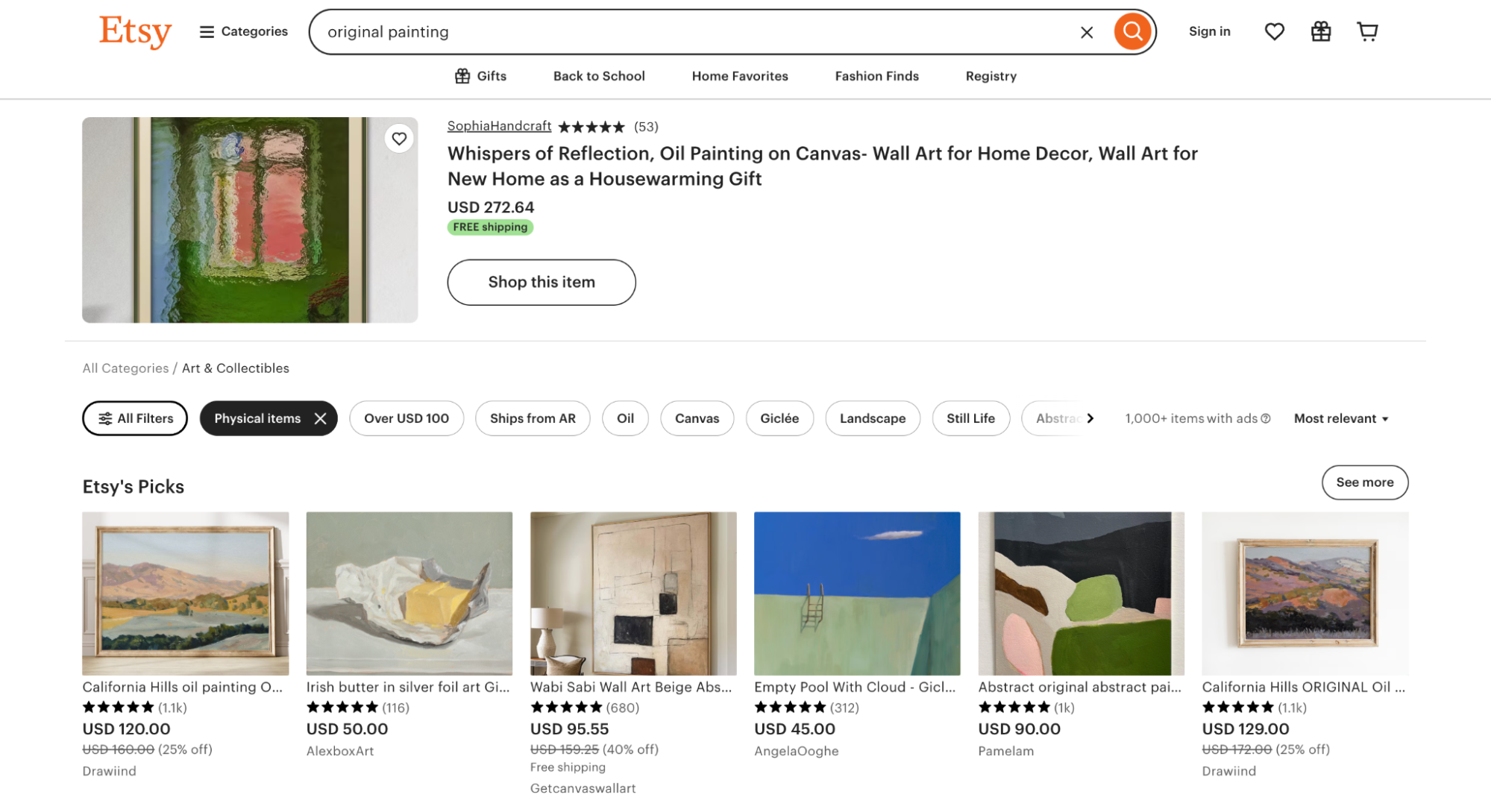
Personalized search results tailor algorithms and rankings based on individual user characteristics, behaviors, and preferences rather than universal relevance signals alone. The same query from different people might deserve different results based on purchases, browsing history, location, device, or search time.
With millions of available products, articles, or content pieces, showing everyone identical results often creates poor user experiences and missed opportunities. Personalized search helps people discover things they’re likely to find relevant, interesting, or actionable based on their known preferences and context.
Example of personalization in eCommerce: Etsy.
Etsy’s search uses context specific ranking technology that learns buyer interests to show items they’re most likely to purchase, incorporating browsing history, purchases, and similar shopper behavior. They balance personalization with discovery, using patterns to surface items they might not have found otherwise.
Is everything worth personalizing, though?
I don’t think so. Here’s why. In the best scenario, personalization as a strategy should connect to your overarching business objectives. Blindly personalizing may be hard to scale and counterproductive.
Context shapes what’s worth personalizing. High-ticket offerings in B2B environments, say a $1M account, unquestionably needs a different kind of personalization than a mass consumer product.
Even sometimes not personalizing too much or anything is an intentional personalization strategic decision. Some brands deliberately choose human curation over algorithmic taste.
Keep in mind, overpersonalization risks backfiring. People wish unique experiences, yet many feel awkward with how much brands know. For me, this paradox shows that uncontrolled personalization may feel manipulative, crossing the line from helpful to creepy.
B2B vs. B2C personalization approaches
The difference between B2B and B2C personalization comes down to who you’re influencing and how those folks make decisions.
In B2B organizations, personalization targets multiple stakeholders at the same time across approximately 6-12 month buying cycles. For the most part, through account-based marketing (ABM).
1:1 ABM for the highest-value prospects. 1:Few ABM that groups similar accounts with comparable challenges. And 1:Many ABM for broader reach with lighter but still pretty relevant personalization.
So yeah, it demands both relationship-building and educational content to address diverse concerns and reach consensus.
E.g., a CFO caring about ROI while a tech lead wants to better understand the specifics of a new product implementation. You’re marketing/selling to a company’s buying process to get approval.
B2C, on the flip side, primarily focuses on individual consumers acting upon emotional decisions (within shorter time windows). Hours, maybe days. The thing is, B2C personalization operates in real-time optimization mode based on behavioral triggers and lifestyle segmentation. Quick decisions made on the spot.
Think of Amazon’s recommendations on purchases, Netflix on movies and TV shows, or Spotify on music from similar artists. Platforms like these make 1000s of personalizations instantly through micro-decisions taken by you and me, the users.
You don’t need fancy software to integrate personalization techniques into your department. I’ve personally done B2B personalization for high-ticket accounts using nothing but spreadsheets. In fact, many peers still operate this way.
But scale-wise, personalization tools can take things further.
So, I’d say this. Depending on the context of someone’s business, I strongly recommend 3 options (for different reasons and purposes). That is Optimizely, Dynamic Yield by Mastercard, and Crazy Egg.
Crazy Egg is practical to A/B test all things content and design (which I argue is the foundation of any personalization strategy) to show different visitor segments personalized variations and see exactly what resonates most with each target audience group.
Dynamic Yield and Optimizely serve more advanced, sophisticated personalization needs but take a different approach. Dynamic Yield exclusively as a personalization platform (tailoring content, offers, and recommendations). And Optimizely as a digital experience platform (DXP) that manages user journeys from start to finish.
How to choose the proper personalization technique to back up your strategy?
Because personalization techniques should ideally align with what I’m trying to accomplish, the first thing I do is revisiting my strategy.
If I come up with a privacy-first approach, I’ll prioritize preference centers and zero-party data collection over behavioral tracking. The strategy ends up filtering out irrelevant personalization techniques.
Once I’ve done that part, I also evaluate readiness and constraints. Like assessing data maturity, technical capabilities, and available resources to determine which techniques I can realistically execute.
For example, high-value accounts in B2B might totally justify the investment of landing pages and outreach hyper-personalization.
Last but not least, I’d match my strategy-synced personalization technique(s) to specific channels and customer journey stages where I’m looking for the most impact. Whether that’s send-time optimization on emails or personalized recommendations if retargeting personas in the consideration stage of the funnel.


